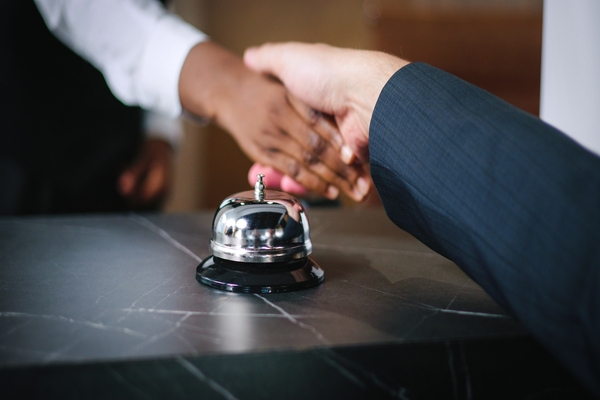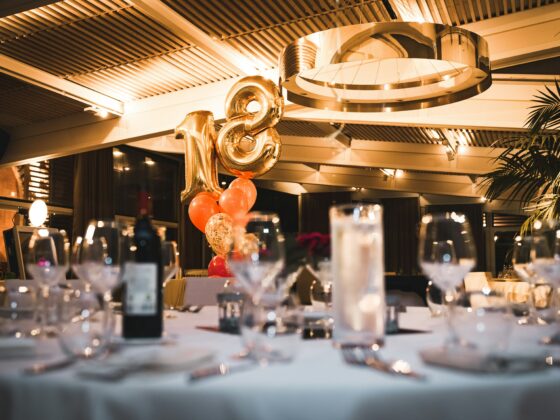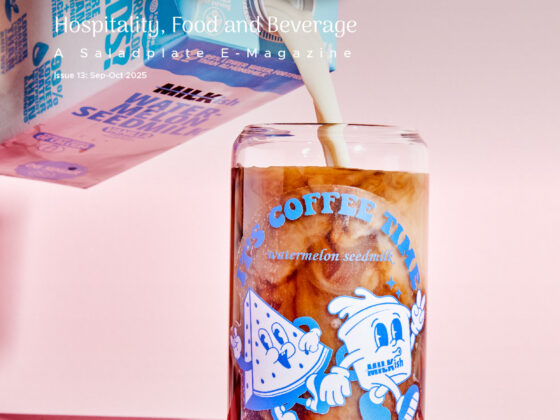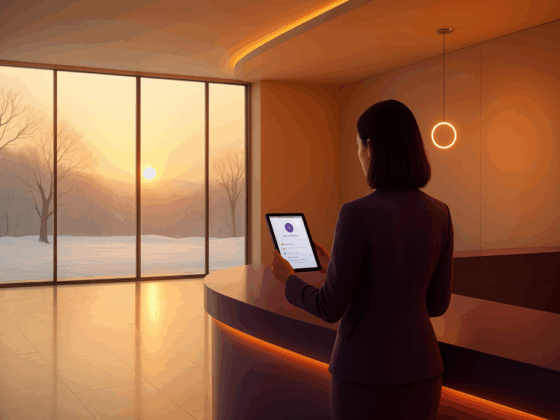
Forget champagne on arrival and don’t stress about the infinity pool or the thread count. In 2025, these aren’t luxury hotel highlights; they’re table stakes, and travelers expect a lot more.
The real battle for hotel brands isn’t around how many stars hang above the door; it’s about how deeply you connect with the people who walk through it. Can a brand make travelers really feel something—or is a stay at your hotel just another glossy experience that fades at check out?
The luxury hotel industry is a fast-growing category, projected to be worth $171.05 billion in 2025 (up from $154.32 billion in 2024).1 But as brands work hard to create experiences that stand out, how can they do this in a way that feels authentic and differentiated? And how can they avoid the urge to tap into fluctuating trends (think unnecessary VR add-ons) that create fickle customers instead of brand loyalists?
Returning to the fundamentals of your brand is a solid place to start. From this point, you can turn brand promises into brand experiences, as well as moments that shift or elevate guest perceptions. Then, this builds loyalty and advocacy, which turns guests into brand enthusiasts and ambassadors.
A shifting paradigm
Luxury travel is no longer about polished service or ostentatious amenities—expectation inflation means these are now the bare minimum. Modern luxury guests are seeking more from their holidays, placing greater importance on meaningful social and cultural experiences over indulgence alone. This leads to a new currency that we’re dealing in, and that’s the ability to immerse guests in a coherent, authentic and unique lifestyle for the duration of their stay. This isn’t about traditional signaling or status symbols but forging meaningful connections and creating a culture that feels truly unique.
By moving from five-star polish to truly meaningful connections, the guest’s experience of a hotel brand no longer begins at the check-in desk—it’s shaped by every detail, from the tone of voice on a booking site to the pre-stay curation of activities to the cultural resonance of a hotel lobby.
The brands that are winning in this department, and driving that all-important RevPAR, are the ones that understand their brand’s unique qualities and how they can be celebrated, imbued and experienced through their brand signatures and holistic brand experience. These brands meet rising expectations by imbuing the guest journey with not just ‘luxury quality’ but with a kind of performance: they bring immersive vibes, curated art collections and new rituals that resonate on a deeper level.
From brand promise to brand performance
An example of a luxury brand evolving to meet this demand is Sofitel. Operating in a crowded and competitive market, the brand needed a reinvention and decided to evolve its identity from the inside out, refocusing on its French heritage in a way that felt contemporary and dynamic.
In practical terms, this meant Sofitel’s brand platform took on the role of global ambassador of French luxury lifestyle, celebrated in a vibrant and locally relevant way. This involved not just transforming its identity but turning the brand’s promise into a lived purpose that drives the entire experience.
Building on the human and warm approach to luxury that made the brand famous, Sofitel brought back its icon and symbol —the ‘cultural link’— to life. Its hotels became places that celebrate the encounter of cultures and people in a heartfelt way: through food and beverages, art curation, beauty rituals and experiences that transform French art-de-vivre into a genuine fusion with local cultures.
This wasn’t about reinforcing Frenchness; it was about transforming the French lifestyle into a canvas that reflects and celebrates local culture. The impact was hugely positive. After launching its revamped brand identity in late 2023, Sofitel reported a website traffic jump by over 600% and social media engagement growth of 9% on average across channels.
Communicating USPs through brand experience
Another good example of a luxury hotel brand achieving this level of authentic connection is Aman Resorts. With a USP built around ultra-luxury minimalism, privacy and cultural authenticity, Aman conveys this through clean design, connections to local heritage and signature low-key service.
Everything about the brand and the brand experience speaks to their mantra of peace and privacy, something that’s increasingly important to ultra-high-net-worth travelers and is supplemented through a carefully curated mixture of natural materials and uncluttered spaces that incorporate local materials and cultural artefacts into the designs. The brand’s low-key service is delivered through a high staff-to-guest ratio, creating personalized, de-anticipatory care in an intimate atmosphere and fostering that all-important connection between guests and staff.
Why it matters
In today’s hyper-competitive market, luxury hotels can no longer rely solely on flawless suites or Michelin-starred dining to stand out. Positive past experiences are one of the strongest factors influencing guests’ future brand choices. At the same time, ‘betterment’—a brand’s ability to provide enriching, meaningful experiences—has become one of the biggest drivers of guest satisfaction and loyalty.
The lesson is clear: for luxury hotel brands looking to create lasting connections, the levers of emotional connection and authenticity must be leveraged. And to achieve this, you must have a clear understanding of what your brand is and how the values you want to showcase are conveyed across every touchpoint, from website to check-out.
Transform your brand promise into a creative performance, and you’ll be well on your way to turning one-time guests into long-term brand ambassadors.
Story contributed by Anaïs Guillemané Mootoosamy, strategy director at Conran Design Group.








